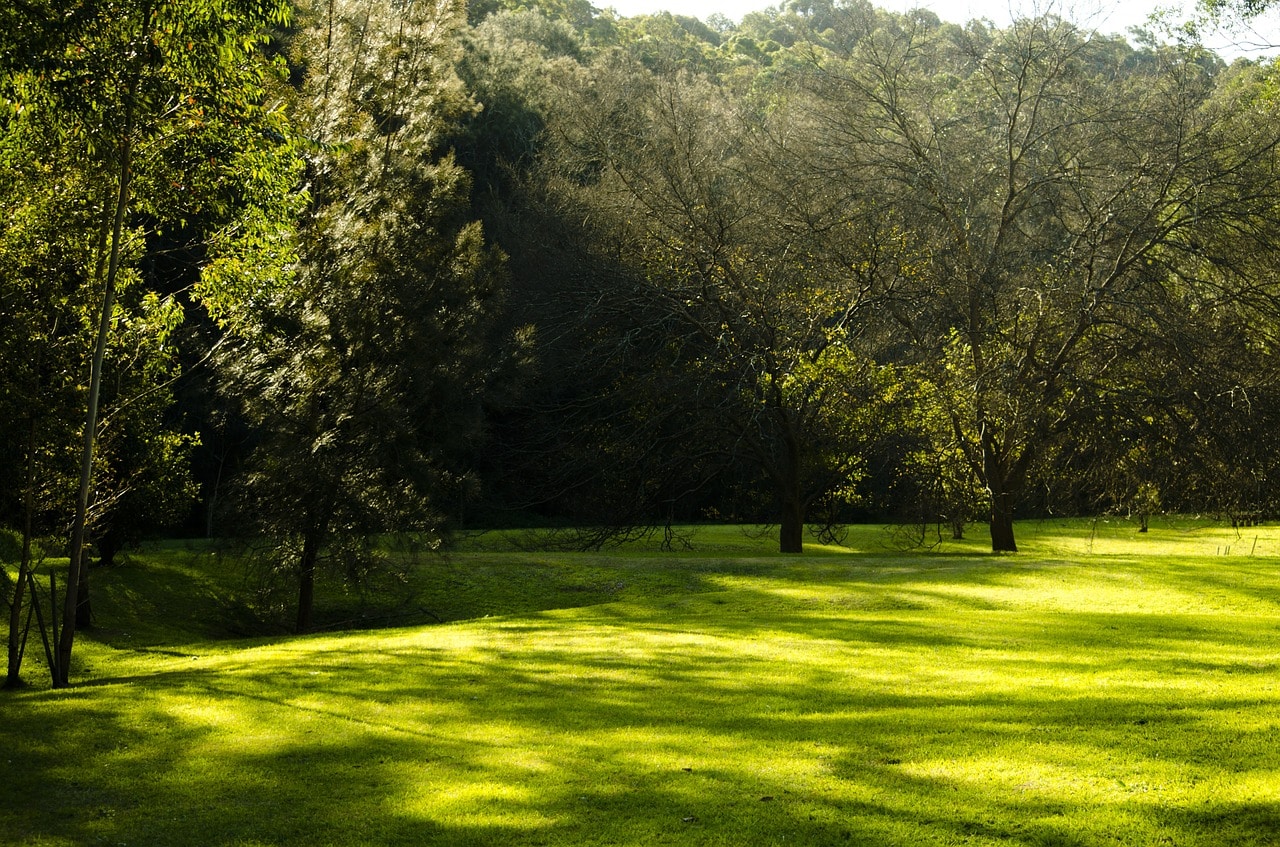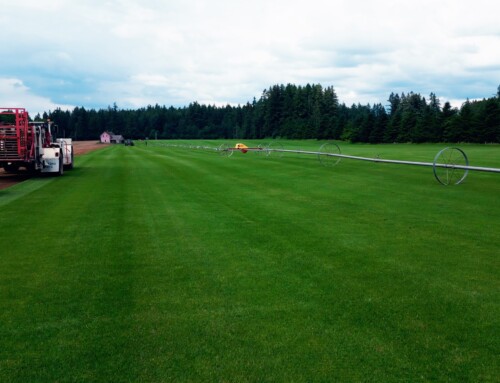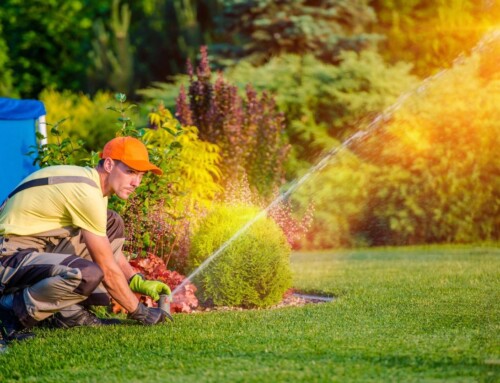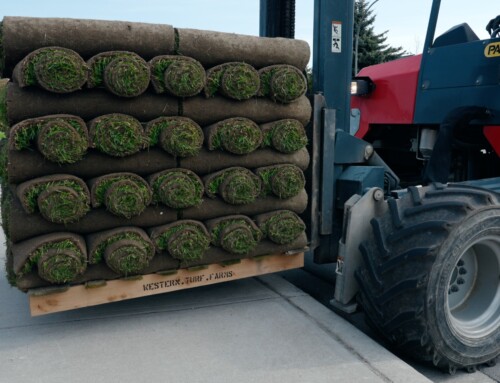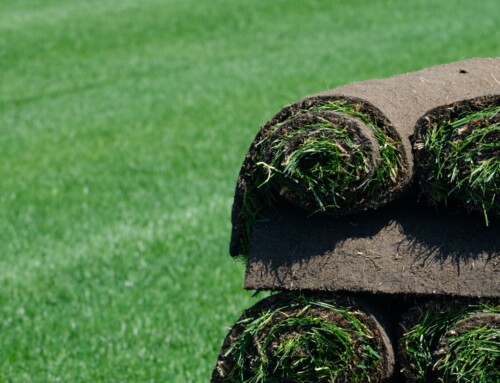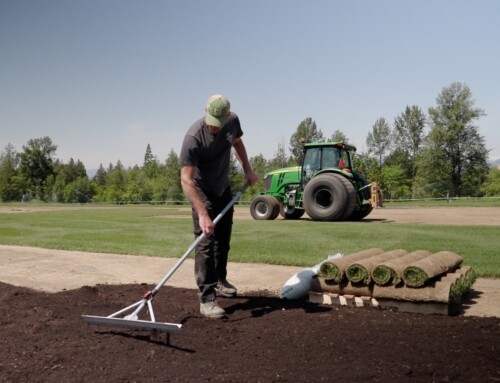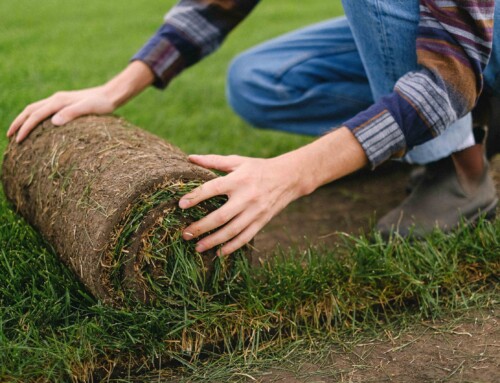Simple Solutions for Shady Lawns
During a recent contest, many of our fans shared their personal struggles with attempting to grow a healthy lawn in a shady space. Shady lawns are a common phenomenon for homeowners and commercial property managers alike. The good news is, there are a few practical and affordable solutions that any homeowner can put to effective use in 2016.
Why won’t my grass grow in the shade?
Like all plants, turfgrasses need sunlight to photosynthesize and produce the energy needed to support healthy growth. In fact, most turf grasses are known to need a minimum of 4 hours of sunlight each day in order to thrive. Lawns that lie in shady areas simply aren’t able to produce enough energy to keep up with its own growth needs, resulting in a lawn that grows increasingly thinner and less resilient to environmental stresses like extreme heat or disease.
Choosing the right product for your needs
When trying to establish a healthy lawn under less than ideal conditions, choosing the right sod or seed blend can mean the difference between success and failure.
While no turf grass will perform ideally in shady situations, some species are more tolerant than others. Here in the Lower Mainland, Ryegrass, Tall and Fine Fescue are considered the go-to grass species for creating an attractive shady lawn. Unlike other grasses, these 3 species are more tolerant of growing in areas with dappled shade. (See tips on creating dappled shade and promoting a shady lawn below!)
Of all of our products the Supreme Sod is the turf we most recommend for shaded lawns as it’s unique grass blend has a high Fescue content. To learn more about our Supreme Sod and other products, give our office staff a call at 888-888-7072.
For homeowners that are considering renovating an existing shady lawn, we encourage you to consider choosing to install sod instead of overseeding, for several reasons:
- Time: Sod is instant, whereas seeding will take weeks or even months to show results
- Weeds: Struggling lawns are an ideal space for opportunistic weeds to move into and take hold. By using sod, homeowners can eliminate the seemingly never-ending fight with weeds
- Higher Success rate: Unlike seed, sod has a healthy root system from day one, meaning it’s better adapted to survive in less-than-ideal situations from day one.
- Cost effective: Building a healthy lawn in shady spaces by overseeding often takes multiple applications, and homeowners can expect to spend a fair amount of time; fighting weeds while the lawn establishes. This can translate into big costs over time. Alternatively, sodding is a one-time, upfront cost with immediate results. Here at Western Turf Farms, we offer delivery of Supreme Sod within Fraser Valley starting at $2 per yard, with the added benefit of being able to deliver and prepare the soil as well as install the product – hassle free!
Tips for Promoting a Healthy Shade Lawn
Summer Maintenance
Did you know that lawns can have zones to them? Throughout every property, little microhabitats exist where the environmental conditions differ just slightly from other portions of the yard. For example, some spots may be prone to staying soggy long after the last rain, while other areas dry out quickly. Shady lawns are their own unique microhabitat and need to be treated a little differently than the rest of the lawn during the growing season to obtain the best results.
When Mowing
When mowing, make a point of allowing your sections of shady lawn grow as much as a half inch taller than portions growing in full sun. There are two reasons for this. The first is to maximize the amount of sunlight your turf can capture to create energy through photosynthesis. The second is to avoid stressing the lawn from cutting it too short. Remember, shaded lawns are already working hard to grow under less than ideal conditions and won’t be able to bounce back from stress or damage the way a lawn receiving adequate sunlight would.
When Watering
During the hot summer months it can be tempting to water the lawn every few days to keep it looking green and lush, but in shaded areas this can actually be harmful. This is because without direct sunlight, evaporation happens at a slower rate, leaving soil moisture levels much higher, longer. Rather than being at risk of drying out, areas of shady lawn are actually more prone to developing diseases due to prolonged moisture. Additionally, constant shallow watering promotes shallow turf root systems that are more vulnerable to damage in the long run. We recommend that summer watering schedules for shaded lawns are changed to be infrequent, but deep – thus reducing the risk of diseases and encouraging stronger, deep root growth.
Don’t Reach for the Fertilizer
When lawns are looking a little thin and patchy it’s often our first thought to reach for the fertilizer, but that may not be the right course of action. Shaded lawns grow slower, meaning they tend to pull up less nutrients. Instead, you may be creating a buffet for opportunistic weeds or even a toxic soil situation. When it comes to fertilizer, we recommend sticking to your regular routine and employing other techniques to resolve your lawn woes first!
Creating Dappled Sunlight with Selective Pruning
One of the most common causes of shady lawns is the landscaping – often in the form of stately mature trees or large shrubs. For homeowners who are struggling to keep their plants but still want to see a healthy lawn, a compromise may be found in selective pruning.
Selective pruning is the practice of selecting and carefully removing branches from trees or shrubs to achieve the desired effect, in this case, allowing more sunlight to penetrate to the ground level. When done properly, selective pruning can be done without causing undue harm to trees or landscape plants or destroying their natural beauty.
When selectively pruning to allow more sunlight to penetrate the canopy of a tree or shrub, homeowners should look for branches lower down on the plant that can be removed without negatively impacting the trees overall appearance. The goal is to remove a few branches spaced out throughout the canopy (not all in a cluster) by tracing the branch back to the trunk and removing it at the branch collar using a 3 cut method. To be safe, homeowners should only remove branches or limbs that can easily be reached while both feet are firmly on the ground. Certified arborists or landscape professionals should be called in for anything higher!
For best results, prune while the plants are dormant during the early spring, where there is the least risk of disease or pest invasion.
When Shade Wins
As Turf farmers, we would love to be able to say unequivocally that lawns can be established anywhere, but the reality is that sometimes the shade is just too deep and there’s simply no way to create a healthy lawn. So what can you do?
Our recommendation for homeowners who are working with areas of deep shade on their property to consider how they’d like to use that space, and then reach out to a local landscape company. There are a wide variety of shade loving groundcover and perennial plants that can be an attractive, green solution, and there are a variety of other options a good landscaper can recommend as well. To learn more about shade loving plants, check out the resources below!
The Vancouver Sun – In the Garden: Shady Characters
The Garden Helper – Shade Loving Ground Covers for the Garden

